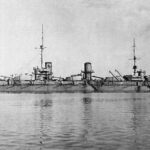A symbol of the Ukrainian revolution: the history of the Ukrainian People’s Republic battleship “Volya”
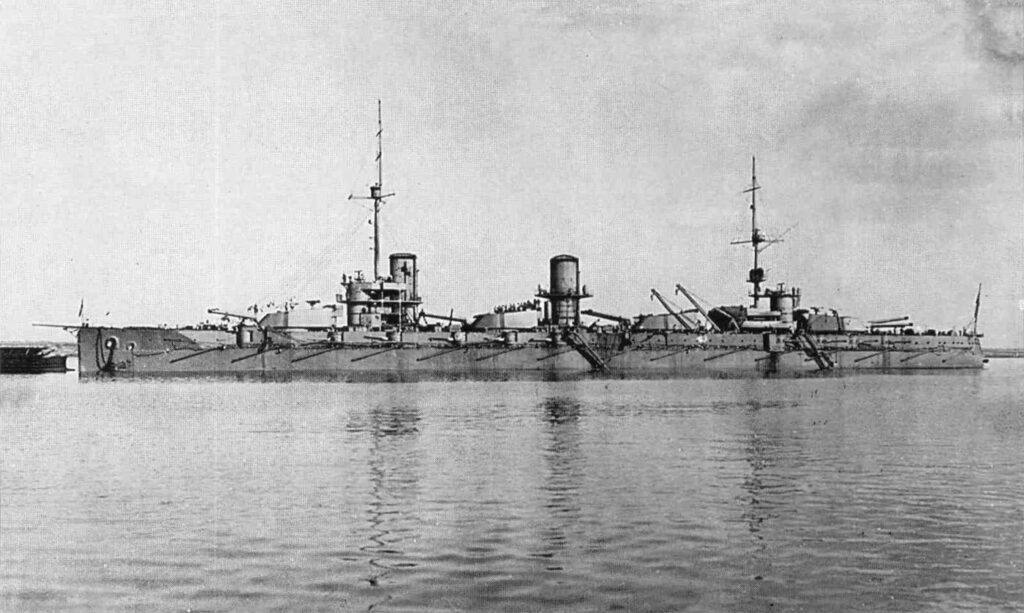
Exactly 106 years ago, the battleship “Volya” joined the Ukrainian fleet. USM commemorates the history of this legendary ship, and how the dreadnought with the proverbial name became a symbol of the Ukrainian revolution.
On November 21, Ukrainians celebrated the Day of Dignity and Freedom — 10 years after students took to the Maidan to defend the will of the people and the sovereignty of Ukraine.
At the same time, November 22 marks the anniversary of another important event in our history. Exactly 106 years ago, the battleship “Volya” officially joined the Black Sea Fleet of the Ukrainian People’s Republic. Let’s recall the history of the ship, which, despite its imperial past, marked the struggle of Ukrainians for independence.
The fall of the tsarist era
The future Ukrainian battleship was laid down on June 11, 1011. Then the ship received the colonial name “Emperor Alexander III”. The ship was built together with sister ships of the same type “Empress Maria” and “Empress Catherine the Great”.
The battleship was launched on April 2, 1914, and at the beginning of 1917, the ship entered the register of warships of the Black Sea Fleet. At that time, no one expected that the symbol of the “power” of the Russian Empire would become associated with its collapse in just a few months.
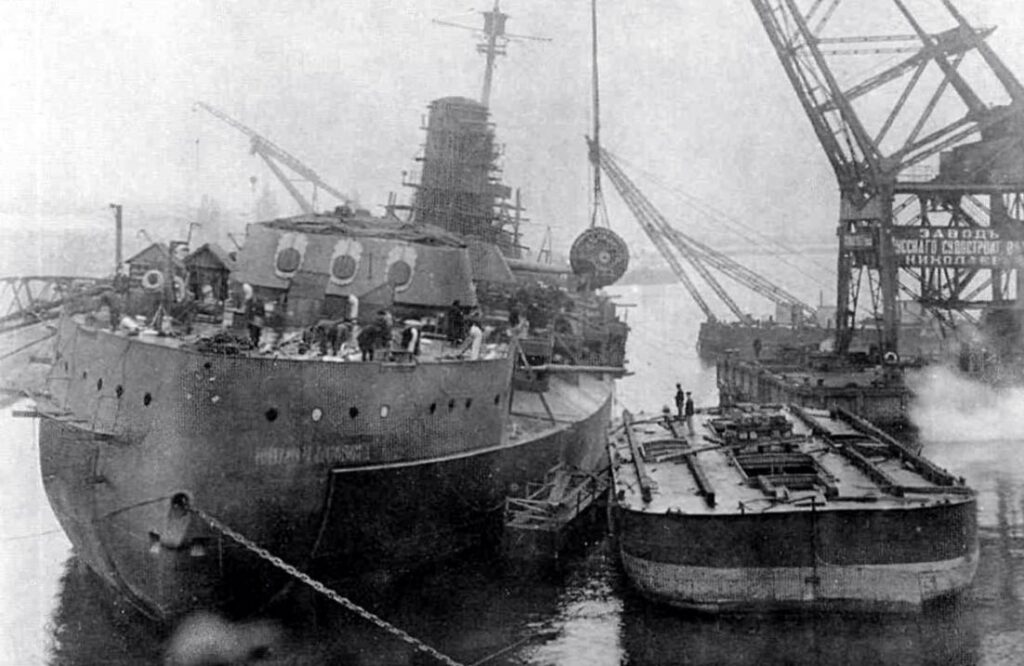
The future battleship “Volya” during completion
After the February Revolution, the Ukrainian national movement made a powerful statement in Sevastopol. Thus, the Ukrainian Black Sea community led by Vyacheslav Loschenko, the military club named after Ivan Sirk and other national organizations were active in the city. With the help of the public, the ship was renamed the battleship “Volya”. At the same time, the Ukrainian Council was one of the first to be formed on the Dreadnought.
Thus, the representative of the Ukrainian Military Committee from the battleship “Volya” Yevgeny Shelestun was elected as the first head of the collective body of management of the fleet of the Ukrainian People’s Republic — Centroflot. Ukrainian organizations quickly emerged in all fleet garrisons. At the same time, Sevastopol sailors actively demanded from the Central Council real actions regarding the Ukrainization of the Black Sea Fleet and the creation of a new Ukrainian Navy.
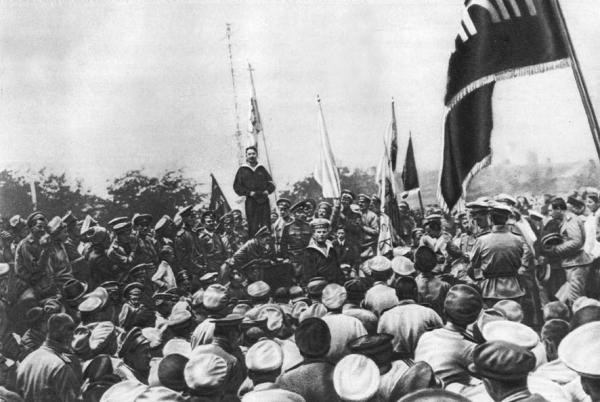
Speech of a Ukrainian sailor surrounded by national flags on the Historical Boulevard in Sevastopol, 1917
Decolonization of the Black Sea Fleet
So, already on October 12, 1917, the sailors solemnly celebrated the Ukrainization of the ships of the Baltic Fleet: the squadron destroyers “Ukraine” and “Haidamak”, as well as the cruiser “Svitlana”. On all ships and facilities of the fleet, including the battleship “Volya”, Ukrainian flags and banner slogans “Long live free Ukraine” were raised.
In November 1917, the Ukrainian battleship was already sailing off the coast of Turkey. Moreover, the ship took part in the operation to intercept the Turkish cruiser Midilli.
On November 22, the Ukrainian flag was raised for the second time on one of the most powerful ships of the former Black Sea Fleet. Then the sailors announced that Volya was officially part of the Black Sea Fleet of the Ukrainian People’s Republic.
Gunboat “Kubanets”, which was renamed “Zaporozhets” on September 17, 1918.
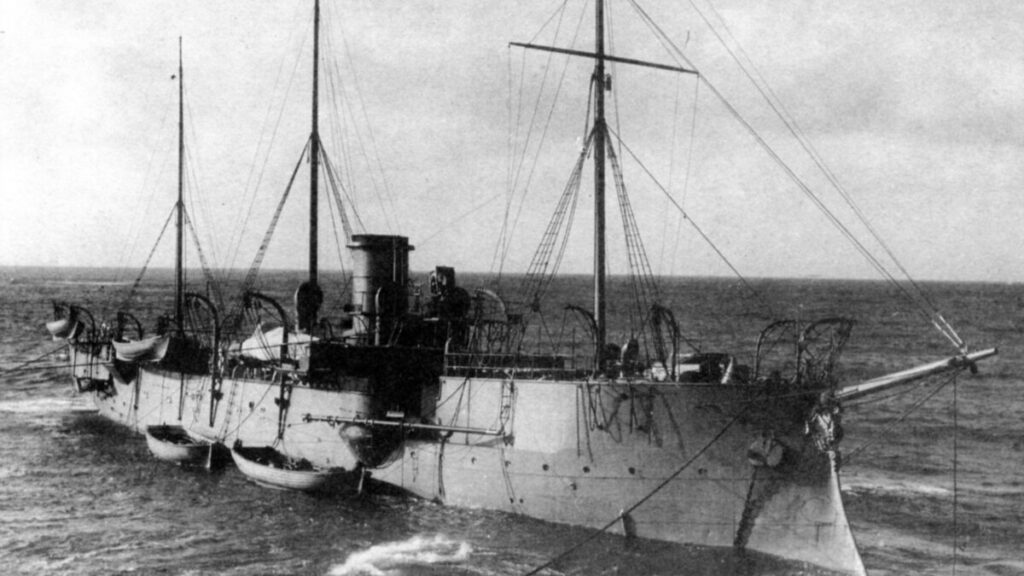
This is the first case of decolonization in the history of the Ukrainian fleet.
The struggle for independence
At the beginning of 1918, Sevastopol was captured by the Bolsheviks. However, already in April, two anti-Bolshevik uprisings of sailors and port workers took place in Sevastopol. Therefore, on April 22, the commander of the Black Sea Fleet, Rear Admiral Mykhailo Sablin, announced that all vessels and port property located in the ports of Crimea are the property of the Ukrainian People’s Republic and ordered to raise Ukrainian flags wherever necessary.
When, at the end of April, units of the Ukrainian People’s Republic army under the command of Colonel Peter Bolbochan and the German-Austrian allies approached the Crimea, the Bolsheviks wanted to withdraw all ships to Novorossiysk. However, the crew of the battleship “Volya” refused to leave the peninsula.
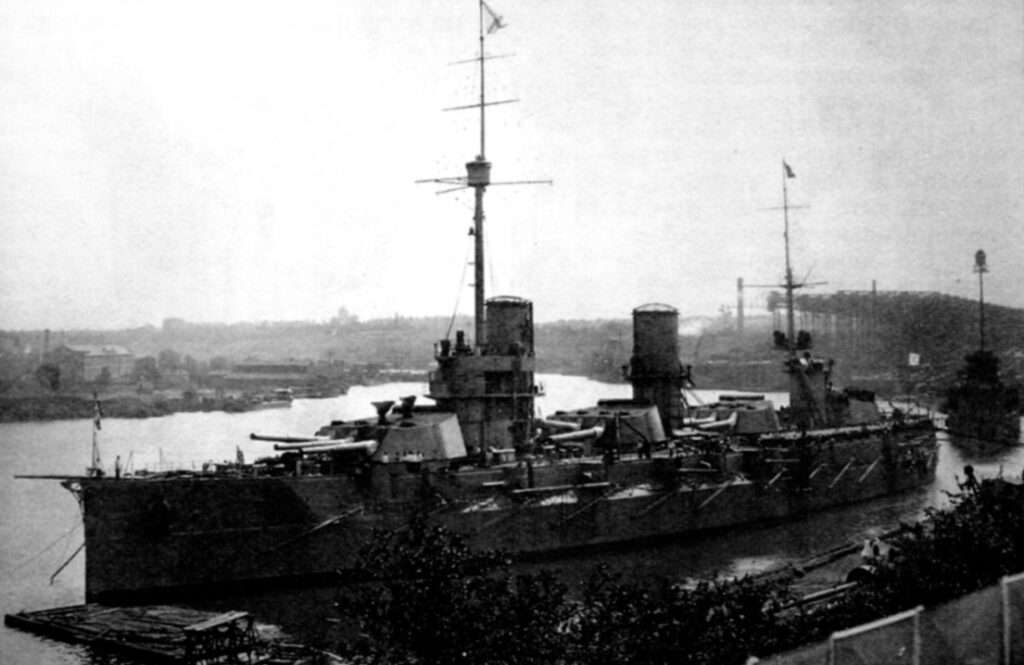
Battleship “Volya” shortly before entering service, Mykolaiv, 1917
By order of the commander of the Ukrainian Black Sea Fleet on April 29, 1918, almost all ships raised the national flag. But already in the evening, the communists captured the headquarters of the fleet. The Bolsheviks demanded that the ships leave the bay by midnight, and after that they threatened to mine the exit routes.
By 2 o’clock in the morning, 30 ships of the fleet went to sea. 40 ships, 5 naval bases, a transport flotilla and 2 air brigades remained in the bay under Ukrainian flags. Having no information about what was happening, the battleship “Volya” was the last to leave in the direction of Novorossiysk – under fire from German batteries.
Already on June 10, the Bolsheviks held a so-called meeting of delegates from ships in Novorossiysk. Only a quarter of the Black Sea citizens spoke in favor of subordinating their ships to the Communists. However, with blackmail and threats, the Chekists forced most of the ships to stay in “red” Novorossiysk.
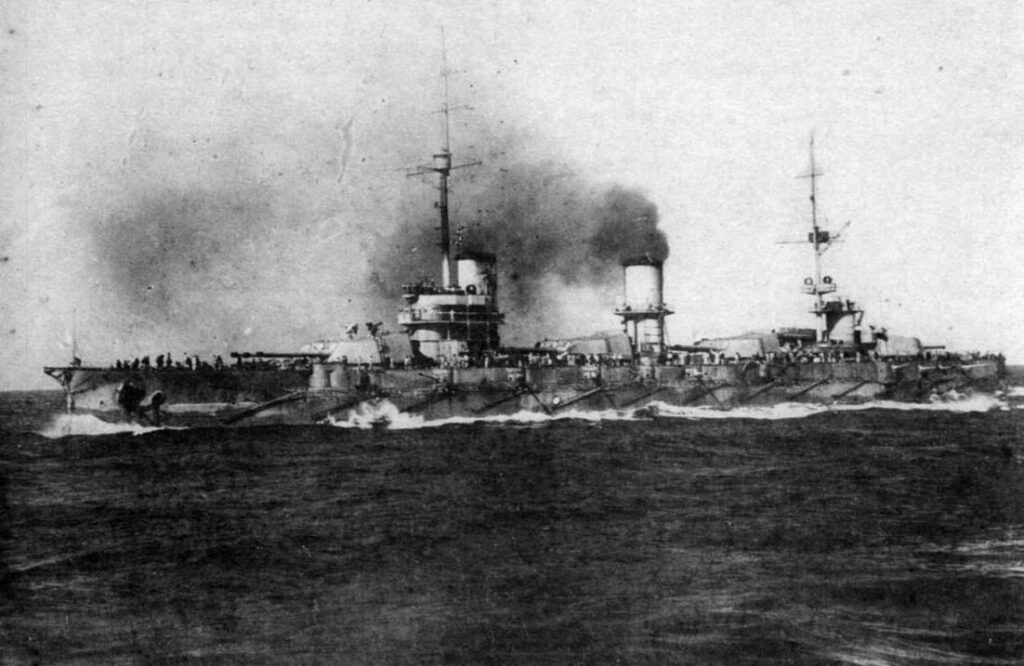
Battleship “Volya”, 1917
In this situation, fulfilling the will of the absolute majority of personnel, the commander of the battleship “Volya” Oleksandr Tikhmenev decided on June 17 to return the ships to Sevastopol.
Having lost influence over the personnel of the squadron, the Bolsheviks resorted to threats to blow up the battleship from destroyers. In response, “Volya”, turning its main-caliber guns and targeting the Bolshevik ships, assured that it would sink anyone who tried to come within the range of a mine attack.
Thus, during the day, after keeping the destroyers under sight, the Ukrainian dreadnought gave the other ships the opportunity to safely go on an external raid. Thus, the battleship “Volya”, the hydrocruiser “Emperor Trajan” and 7 destroyers, which refused to follow the orders of the Bolsheviks, left Novorossiysk with Ukrainian flags raised.
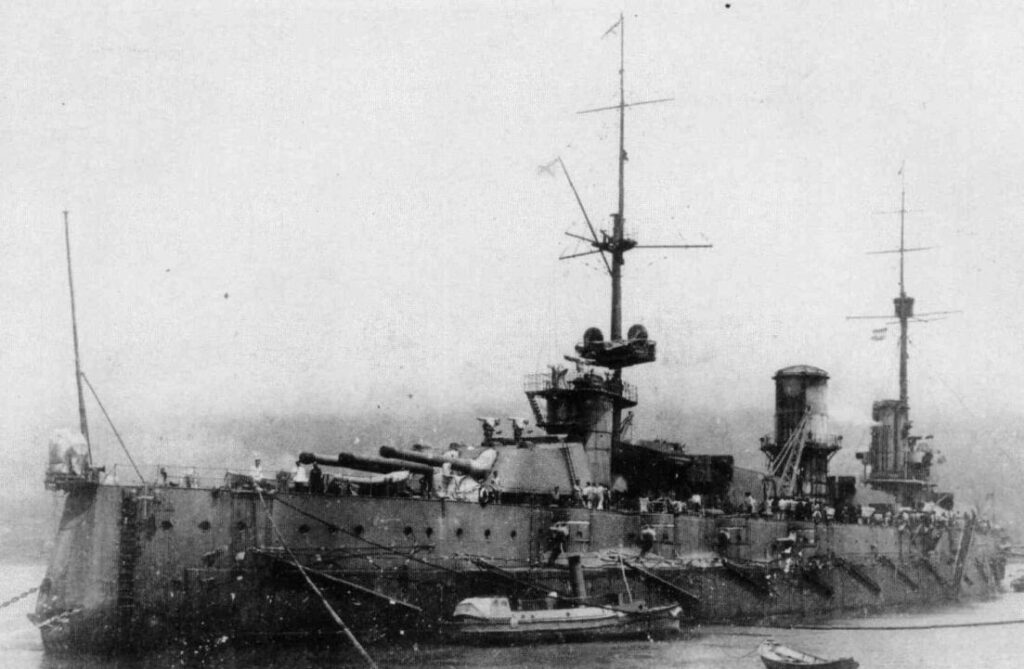
Battleship “Volya”, Novorossiysk, 1918
A blow to the back
The squadron, accompanied by the messenger yacht “Kresta”, returned to Sevastopol on June 18. From these ships, the new commander of the Black Sea Fleet, Mykhailo Ostrogradsky, created the Ukrainian-Crimean flotilla.
However, already in November, the troops of the Entente landed in the south of Ukraine and captured most of the ships of the Black Sea Fleet. The commander of the Ukrainian fleet, Rear Admiral Vyacheslav Klochkovskyi, tried to negotiate with the interventionists, but the Entente command treated the fleet as its own prey.
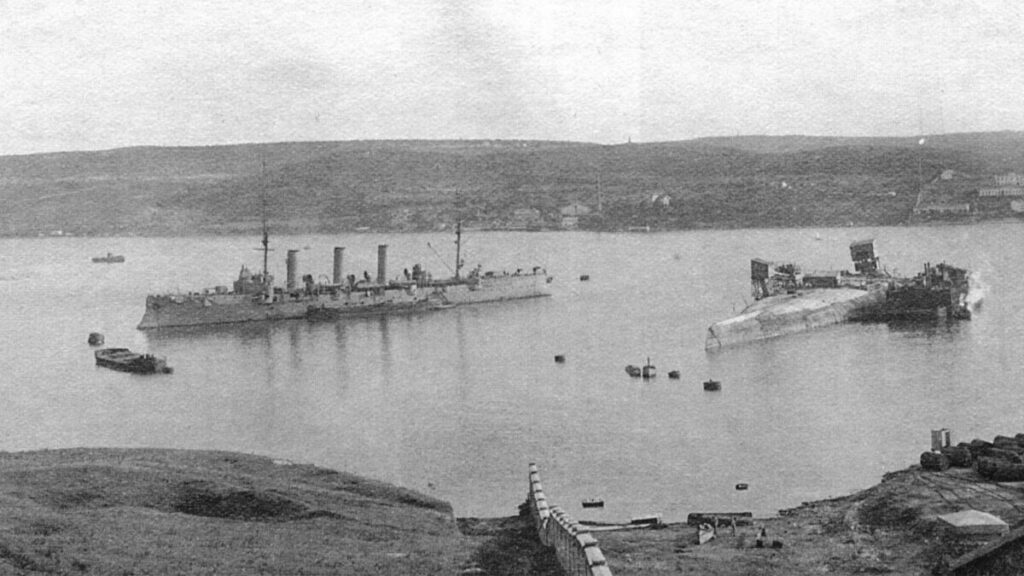
The northern bay of Sevastopol, April 1918
Under the British flag, the ship was sent to the Turkish port of Izmir. Subsequently, the Entente decided to transfer the best ships of the Black Sea Fleet, which had been withdrawn to Turkey, to “white” Russia.
In August 1919, the battleship “Volya” and a number of others returned to Sevastopol captured by the Denikinians. The long-suffering dreadnought was renamed “General Alekseev”. The ship led the naval forces of the White Guards in the Black Sea.
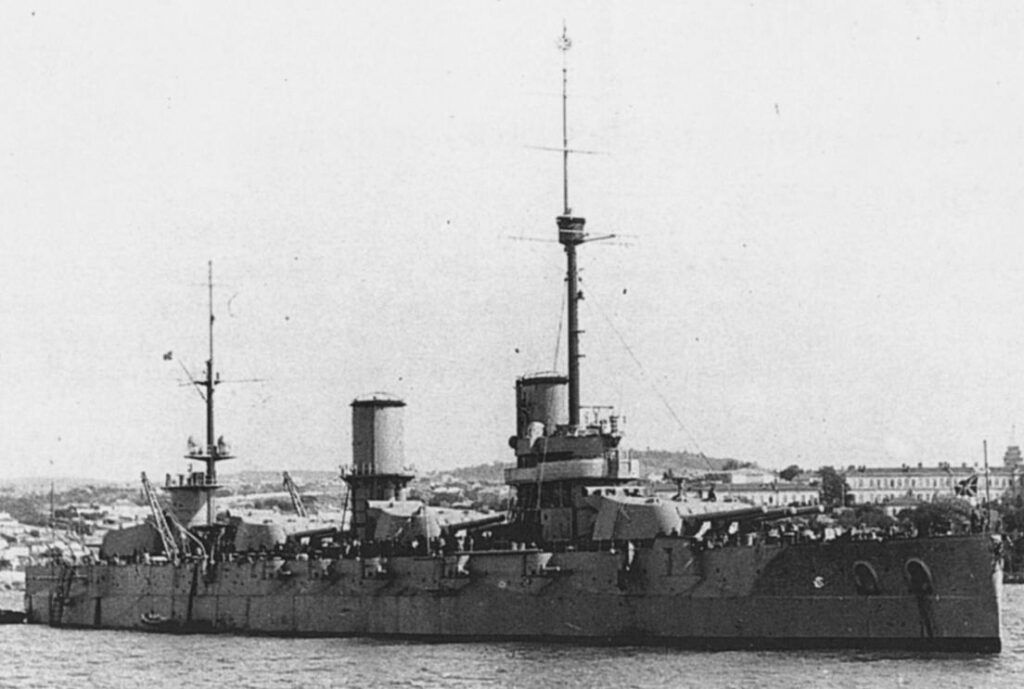
A battleship captured by the Bolsheviks and renamed “General Alekseev”, 1920
Theft of “Volya”
In 1920, when the White Guards retreated from Crimea captured by the communists, the battleship went to Istanbul, and later to the Tunisian port of Bizerte, where it remained. Subsequently, the Soviet government claimed its rights to the ship, demanding that France return them.
The French government refused to comply with this demand, referring to a statement that (unexpectedly) was sent to the League of Nations by the Ukrainian People’s Republic Government in exile. After a little hesitation, on October 29, 1924, the French recognized the ship as the property of the USSR.
The communists did the best they could with the battleship. In 1936, the ship was scrapped, and the guns of the famous dreadnought were sold to Finland. Thus, for many years, the Bolsheviks removed at least some mention of “Volya” from Ukraine. The will that Ukrainians will fight again a century later in the face of the Russian invasion.

A stolen dreadnought in Brizert (Tunisia), 1920-1924.
